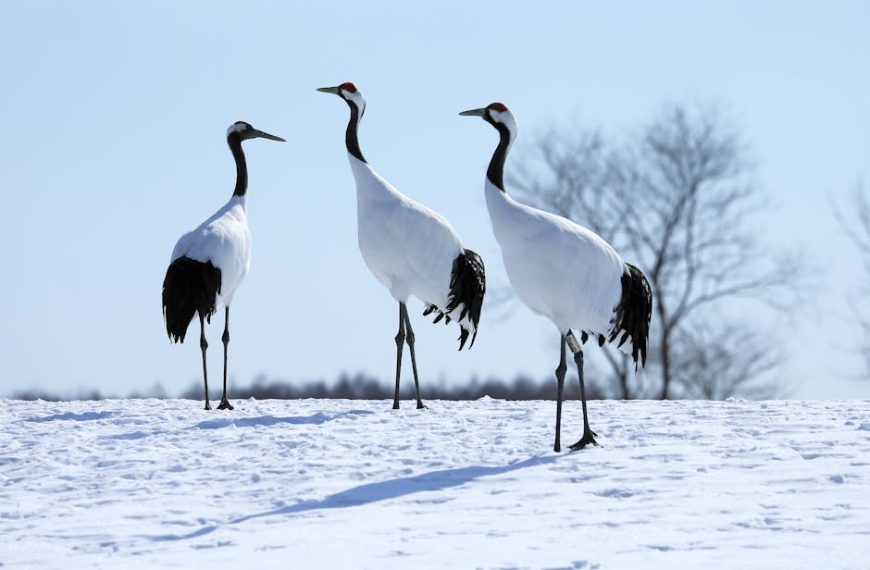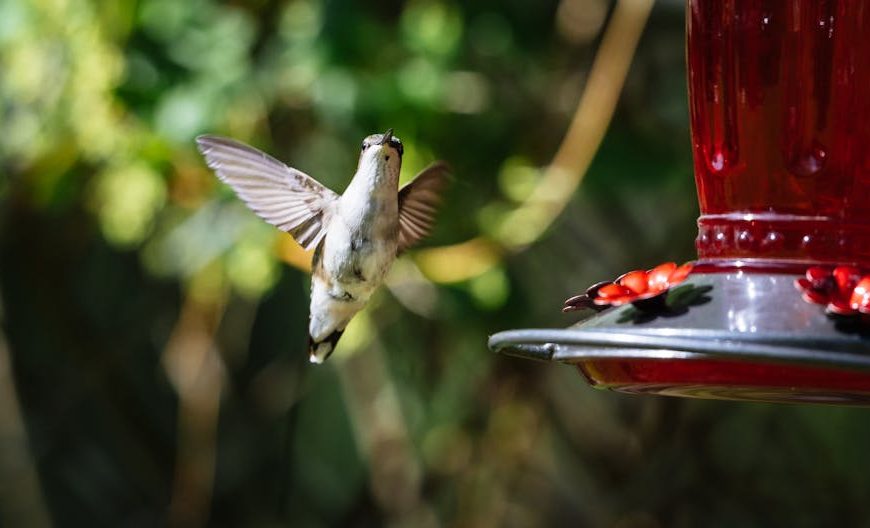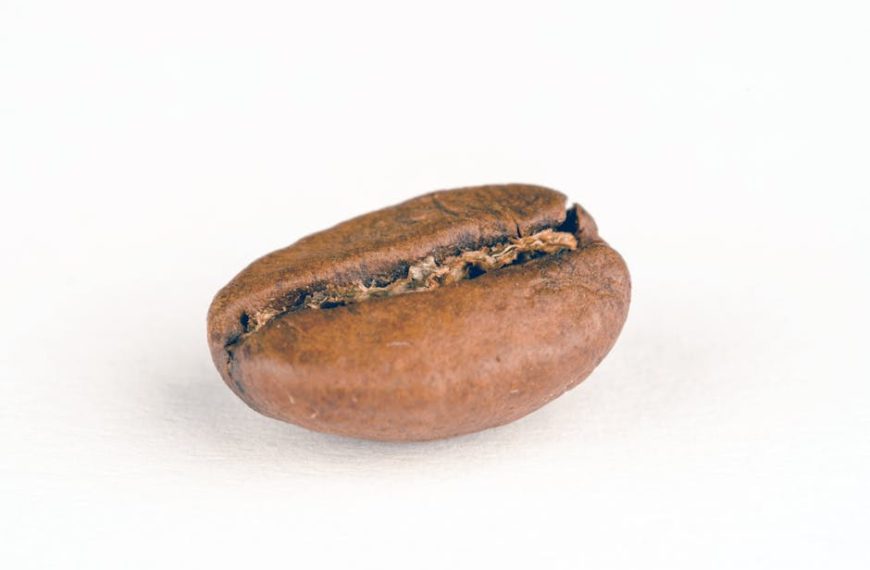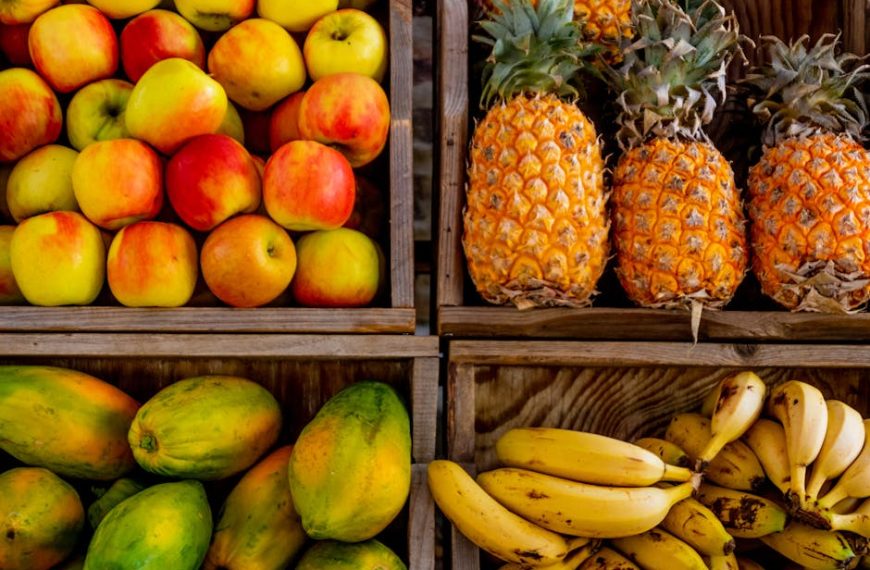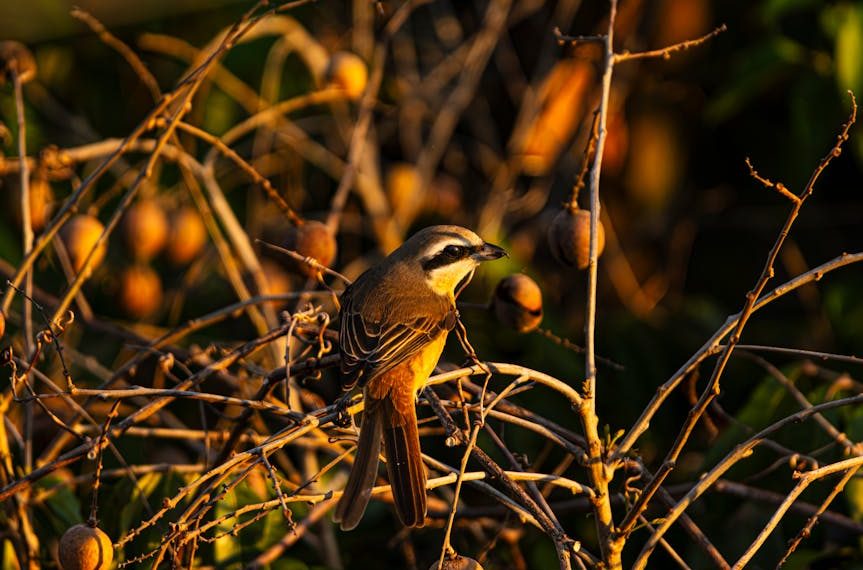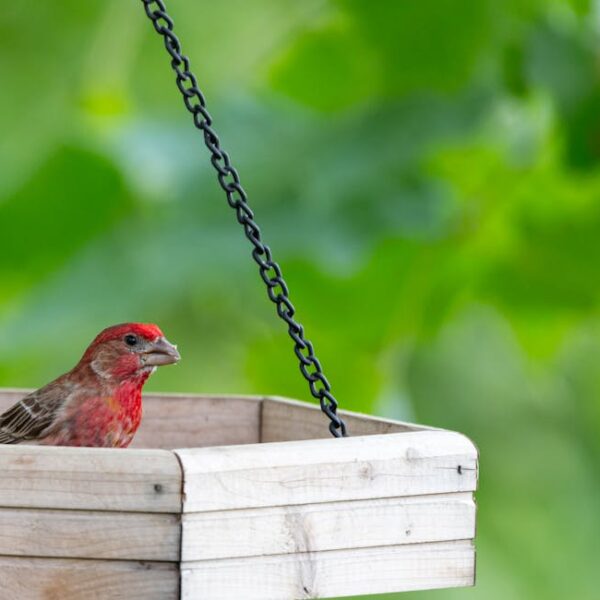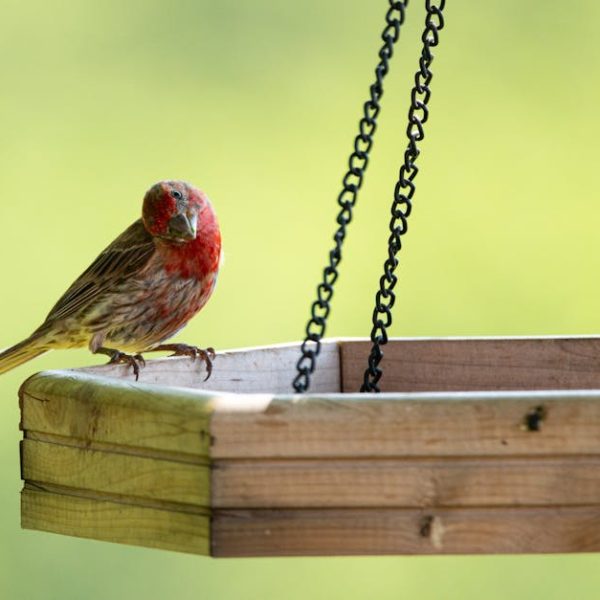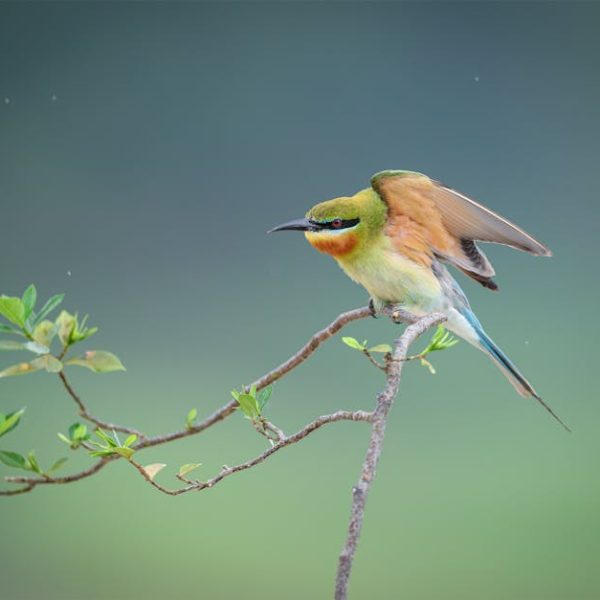Believe it or not, some bird species do enjoy fruity, sweet treats, and grape jelly tops the list. You’d be surprised to find Orioles and Woodpeckers lining up on your backyard tree branch for a peck or two of this purple delight. As a bird lover, finding out about these birdies’ sweet tooth opens up enjoyable opportunities for unique interactions within your local fauna.
Birds that Crave Sweet Treats: The Grape Jelly Connoisseurs
Certain species of birds are known to savor sweet and juicy treats. The odd habit primarily ties back to their natural diet and evolution, where they feast on sweet berries and fruits. A particular favorite is high-fructose foods like grape jelly, which gives them a quick energy boost and serves certain nutritional needs. A few bird species, such as Orioles, Woodpeckers, American Robins, Northern Cardinals, and House Finches, have been observed feasting on grape jelly.
Pro Tip: However, it’s essential to serve this sugary treat in moderation to prevent health complications. Balance is key!
The Attraction of Grape Jelly for Birds
Birds are attracted to grape jelly for several reasons, from its vibrant color to the tempting aroma and the sweet taste. These factors work together, imitating a sense of ripe fruits – an irresistible lure for the birds. Additionally, grape jelly provides them with quick energy essential during demanding periods such as migration or raising young ones.
Best Practice: When setting up a bird feeder, add a little grape jelly. The sweet aroma and color will attract a whole range of birds and turn your backyard into a mini bird-watching haven.
Feeding Birds with Grape Jelly: Safety Measures
While grape jelly has proven to be a favorite amongst various bird species, it’s crucial to approach this practice responsibly. Bird lovers need to ensure that the grape jelly doesn’t make up the majority of the birds’ diet as too much sugar can be harmful. Secondly, the quality of jelly matters too – make sure it’s free from harmful preservatives or flavorings that might be toxic for the birds.
Checklist for safe grape jelly feeding:
- Feed in moderation
- Use good quality jelly – no harmful additives
- Avoid flavored jellies – could be harmful to birds
Do-It-Yourself Grape Jelly: Catering to the Birds
For those bird enthusiasts aiming to give the best to their feathered friends, homemade grape jelly could be the answer. Homemade jelly ensures that the ingredients are safe and free from harmful additives. Although it may be time-consuming, the satisfaction of watching your backyard birds happily pecking away on your DIY jelly is incomparable.
Pros and Cons of DIY Grape jelly:
- Pros: Healthier for the birds, no harmful additives
- Cons: Could be labor intensive and time-consuming
Grape Jelly vs Other Bird Foods
While grape jelly is a popular treat, it’s important to consider its pros and cons against other bird foods. Sunflower seeds, suet, and berries are rich in nutritional value and are more akin to a bird’s natural diet. Grape jelly, on the other hand, provides quick energy but lacks other essential nutrients.
Best Practice: Consider alternating grape jelly with other bird foods to ensure our feathered friends get a well-balanced diet while enjoying their favorite treat. Remember, diversity ensures that different species of bird can enjoy a meal in your backyard too.
Discover Which Birds Love Eating Grape Jelly
Who doesn’t love a spoonful of sweet and tangy grape jelly? Certainly not our winged friends! Certain types of birds have developed a taste for this sugary delight, turning our backyards into mini bird-watching havens. As a bird lover, learning about the birds that fancy grape jelly not only brings on an exciting new chapter in your bird-watching journey, it also opens up a plethora of opportunities for unforgettable interactions with your local avian population.
Birds that Crave Sweet Treats: The Grape Jelly Connoisseurs
Sweet isn’t just for us humans. Some bird species, thanks to their dietary evolution from feasting on sweet fruits and berries, have developed a distinct sweet tooth. High-fructose foods such as grape jelly serve their quick energy needs and fulfil certain nutritional requirements. Bird connoisseurs like Orioles, Woodpeckers, American Robins, Northern Cardinals, and House Finches have showcased an attraction to grape jelly.
However, remember:
Pro Tip: Appreciate this sugary foray with moderation! Excessive consumption can lead to health problems in birds, so balance is key!
The Attraction of Grape Jelly for Birds
Why does grape jelly cause such a flutter in the avian world? Think about it – the vibrant purple color, the sweet aroma, and that burst of fruity sweetness – it’s quite the sensory enticement, akin to a ripe, juicy fruit. Moreover, the sugar provides an energizing boost that is critically useful during taxing periods of migration or nesting.
Best Practice: Want a lively bird-watching spot? Set up a bird feeder and lace it with a smidgen of grape jelly. The sweet smell and the eye-catching color of grape jelly will draw a variety of birds to your backyard.
Feeding Birds with Grape Jelly: Safety Measures
Any good bird steward knows that responsible bird feeding is the crux of bird care. Just as grape jelly can sing the melodious song of pleasure, it can also ring the warning bell of harm. Overconsumption can pose health risks, and low-quality jellies with harmful additives can be unsafe for birds.
✔️ Safety Checklist :
- Moderate feeding of grape jelly
- Use high-quality jellies with no harmful additives
- Preclude flavored jellies, they may carry potential harm
Do-It-Yourself Grape Jelly: Catering to the Birds
For those planning to roll up their sleeves and whip up some homemade grape jelly, kudos to you! Homemade grape jelly ensures that your feathered friends get a treat that’s not only delicious, but also free of harmful additives. Though this might be a tad time-consuming, the sight of chirpy birds relishing your DIY jelly will more than make up for it.
Do-it-Yourself (DIY) Grape Jelly :
Pros: Nutritional control – no harmful additives.
Cons: Time and labor investment.
Grape Jelly vs Other Bird Foods
Serve a menu, not a single dish! While grape jelly is a hit with many birds, other bird foods like sunflower seeds, suet, or berries present a nuanced and balanced diet, more in sync with a bird’s natural food habits. Grape jelly can’t match up to the range of nutrients that these foods offer, but it undeniably helps in instant energy gain.
Table – Grape Jelly vs Other Bird Foods:
| Food Item | Nutritional Value | Attractiveness to Birds | Economic Feasibility |
|---|---|---|---|
| Grape Jelly | Low | High | Moderate |
| Sunflower Seeds | High | Moderate | Moderate |
| Suet | High | High | High |
| Berries | High | High | Low |
Best Practice: Mix and
Key Takeaway:
- Certain birds like Orioles, Woodpeckers, American Robins, Northern Cardinals, and House Finches enjoy sweet treats like grape jelly due to their dietary evolution.
- Grape jelly provides a quick energy boost and fulfills certain nutritional requirements for these birds.
- The aroma, vibrant color, and sweetness of grape jelly attracts numerous birds, imitating ripe fruits.
- It is important to serve this sugary delight in moderation and ensure the jelly is of good quality and free from harmful preservatives or flavorings.
- Homemade grape jelly holds the advantage of being healthier for birds as it can be made free from harmful additives.
- Alternating grape jelly with other bird foods like sunflower seeds, suet, berries, etc. ensures a balanced diet for our feathered friends.
Feeding birds with grape jelly can create an exciting new dynamic in your birdwatching experience. While moderation is key to ensure the health of the birds, the activity can turn your backyard into a vibrant, lively bird haven. Enjoy this unique interaction with nature safely and responsibly.
FAQs
Q: How often should I feed birds grape jelly?
A: While birds enjoy grape jelly, it should not make up the majority of their diet. Offer this sweet treat in moderation, ensuring you also provide other nutritional foods for the birds.
Q: Can I use any brand of grape jelly to feed the birds?
A: It’s best to use high-quality grape jelly that is free from harmful additives or flavorings that could be toxic to birds.
Q: Is it a good idea to make homemade grape jelly for birds?
A: If you have the time and resources, homemade grape jelly can be a healthier option for the birds as you can ensure it’s free from harmful additives.
Q: Are there any specific bird species that do not like grape jelly?
A: Bird species’ preferences can vary widely. While many enjoy it, remember that grape jelly is not a natural part of their diet and thus certain birds may not be attracted to it.
Q: Apart from grape jelly, what other foods can I provide for the birds?
A: Other popular and nutritious bird foods include sunflower seeds, suet, berries, and various fruits. It’s a good idea to provide a balanced variety of foods to cater to different bird species.
Remember to share this article with other bird lovers and for more insightful posts, continue exploring our website. Happy bird feeding!


